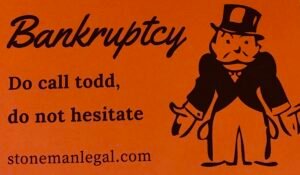A reverse mortgage is a type of mortgage in which a homeowner can borrow money against the value of his or her home, receiving funds in the form of a fixed monthly payment or a line of credit. No repayment of the mortgage (principal or interest), is required until the borrower dies, moves away permanently or sells the home. The transaction is structured so that the loan amount will not exceed the value of the home over the life of the loan.
Although this type of loan has been viewed with distrust by both the financial planning community and the media, demand has been increasing because it can provide a quick solution for people who are “house rich and cash poor,” especially senior citizens who need to supplement their retirement income or pay for long-term care. Before jumping in, however, it’s important to understand the basics, including how reverse mortgages work, how they are obtained and the risks involved.
In 2012, The Consumer Financial Protection Bureau prepared for Congress a detailed report on reverse mortgages. Although lengthy, the report is a MUST READ if you or a loved one is thinking of pursuing a reverse mortgage.
The report can be accessed here: CFPB Report on Reverse Mortgages


